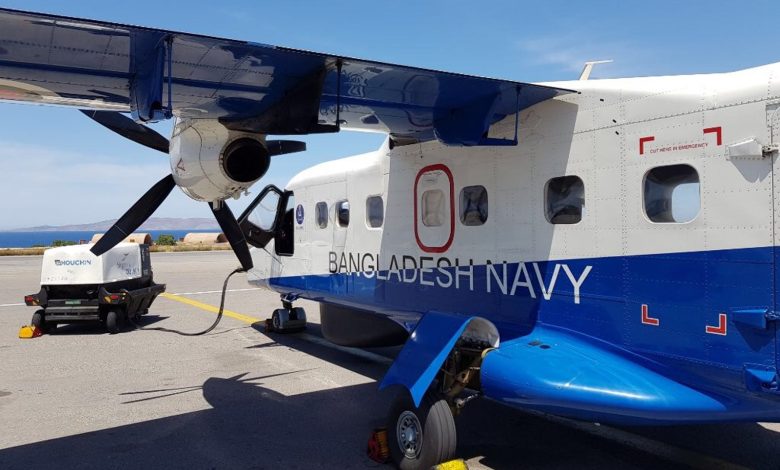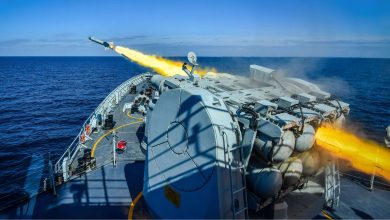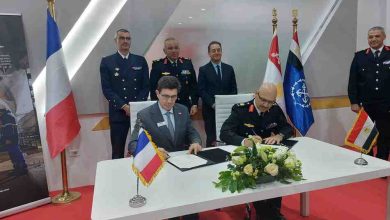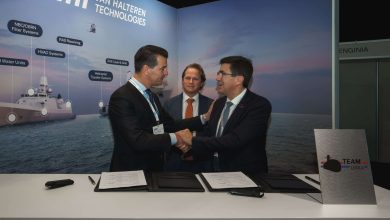
RUAG International Wraps Up Extensive Six-Year Overhaul of Bangladesh Navy’s Dornier 228 Aircraft
RUAG MRO International, the original equipment producer (OEM) of the Dornier 228, has successfully completed the 72-month examination on the Bangladesh Navy’s (BN) Dornier 228-212 special mission aircraft. The maintenance, repair, and overhaul (MRO) of the Dornier 228 was executed on schedule and within financial limits at the OEM’s aircraft manufacturing facilities in Oberpfaffenhofen, Germany. The aircraft has now recommenced its regular flights.
BN received their aircraft at their home base in Dhaka, Bangladesh, on 23 October 2019, immediately following the aircraft’s ferry journey from Germany. “We are delighted to have our Dornier 228 back after this successful in-depth inspection and have already assigned it to continue our operations of surveillance and patrol flights in safeguarding our sovereign waters,” confirms Commodore Zahir, Director of Procurement for Bangladesh Navy. “We are equally proud to bring back our Overseas Team from their experience at RUAG’s production facility,” he adds. In a specialized arrangement, RUAG MRO International’s technical experts welcomed BN maintenance personnel, facilitating extra training aimed at enhancing the BN team’s practical experience.
“As the OEM for the Dornier 228, our proficiency encompasses supporting our clients in every possible manner, such as this 72-month inspection for Bangladesh Navy. We provide these MRO services with this distinctive OEM advantage,” states Michael Franz, Director of Customer Support for Dornier 228 at RUAG MRO International. He further comments, “As we persist in fulfilling significant maintenance contracts to complete customer satisfaction, we also deliver crucial support that empowers our clients to sustain active operations, such as the Bangladesh Navy’s efforts to secure their nation’s essential resources.”
“Our team of customer support, engineering, and technical experts utilize their extensive knowledge of the Dornier 228 to provide comprehensive, integrated support services to all Dornier 228 operators,” highlights Volker Wallrodt, Senior Vice President of Business Jets for Dornier 228, Military, at RUAG MRO International. RUAG MRO International holds an EASA-approved Part 21J Design Organization (DOA) status and simultaneously maintains the Dornier 228 Type Certificate (TC).







